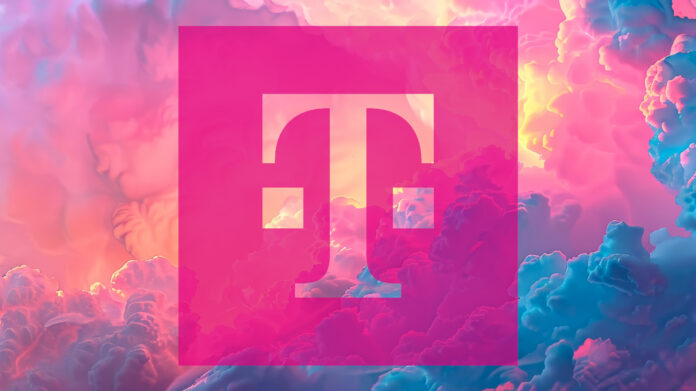DT has a long-term strategic partnership with Google Cloud, and the two untangled a ‘spaghetti mess’ of legacy systems
How do you take more than 40 legacy telco data systems with thousands of users, and migrate them to the cloud to build a unified data system that is AI-ready — while maintaining control and staying on the right side of data sovereignty rules?
In a blog post for Google Cloud, Ashutosh Mishra, who is Deutsche Telekom’s VP of data architecture and governance, detailed how DT and Google Cloud worked together to do just that.
DT, Mishra said, wanted to consolidate and take cloud-native more than 40 legacy data systems, each with an isolated data warehouse or data lake and between 5,000-10,000 users who had built up their workflows over decades of using the individual systems. That resulted in what he affectionately referred to as a “‘spaghetti mess’ of data distribution and an undetermined cost of value creation.”
In April of this year, DT signed a strategic deal with Google Cloud that extends until 2030. The agreement focused on cloud and AI integration, with the goal of modernizing Deutsche Telekom’s IT, networks and business applications to support next-generation telecom services and improve operational efficiency. The blog post gives a glimpse of how the two companies are working to achieve those goals.
“This is one of the largest and most comprehensive data platforms built on Google Cloud’s Data Boundary — but it won’t be the last,” Mishra said in the post.
The technical challenge of consolidating all those systems was one thing, but the regulatory issues “made it genuinely interesting,” Mishra said.
“We handle some of the most sensitive data imaginable: call data records (CDRs), network telemetry, and customer location data,” he explained. “Under GDPR and Germany’s Telecommunications and Telemedia Data Protection Act regulations, this data simply can not leave sovereign borders or risk exposure to foreign legal frameworks.” Usually, he continued, that challenge is solved by building on-premises resources for local processing of sensitive data, as well as encryption and anonymization capabilities so that stripped-down versions can be sent to the cloud for additional analysis.

“This approach costs millions in dedicated hardware and creates a fundamental innovation bottleneck,” Mishra said. Deutsche Telekom wanted to be able to do cloud-native processing of sensitive data, while maintaining control and security.
It was able to do this by leveraging Google Cloud’s sovereign cloud and its Germany Data Boundary by T-Systems solution. Under that approach, Mishra explained, T-Systems manages DT’s encryption keys “entirely outside Google’s infrastructure”, for sovereign data protection. Deutsche Telekom maintains “complete cryptographic control through external key management (EKM) while using cloud-native data services.” DT couples that with using format-preserving encryption (FPE) algorithms that “maintain data utility for analytics while ensuring privacy protection,” Mishra continued.
He said that the “core innovation” is a custom pseudonymization layer, that handles real-time data transformation during the ingestion of the data and “eliminates the traditional need for separate preprocessing infrastructure while maintaining analytical value.”
Another crucial aspect of the migration was dealing with the multiple languages related to analytics — Python for data scientists, Spark for engineers, SQL for business analysts — and picking a data format that could effectively be used by all. Mishra said that DT went through “extensive” proofs of concept before settling on Apache Iceberg. “While traditional approaches force you to pick sides or maintain multiple data copies, Iceberg provides us with a single source of truth that speaks every language fluently,” he said.
Mishra went on to say that using the new cloud-native, sovereign data system, DT is migrating those 40+ legacy systems and has ingested more than 200 source systems in only six months. The operator is seeing significant performance gains already, he said, offering the example of one use case that achieved a 22x performance improvement over its legacy predecessor.
“When you can process overnight analytics jobs in minutes instead of hours, you fundamentally change how business decisions get made,” Mishra added.
DT has also changed its operational approach in addition to the tech change-up, implementing a GitLab CI/CD pipeline. In terms of the business case of the unified data model, it reduced on-prem infrastructure costs while expanding cloud-scale analytics capabilities. And the changes put DT in a better position for leveraging artificial intelligence. Deutsche Telekom is “already running agentic AI use cases on the public side of our platform,” Mishra said, and it’s ready to jump when more AI services become available with sovereign controls.
“Clean, unified, well-governed data is the prerequisite for everything that’s coming,” he said, and recommended that companies “build your data foundation with AI in mind, even if you can’t implement every AI capability immediately.”

